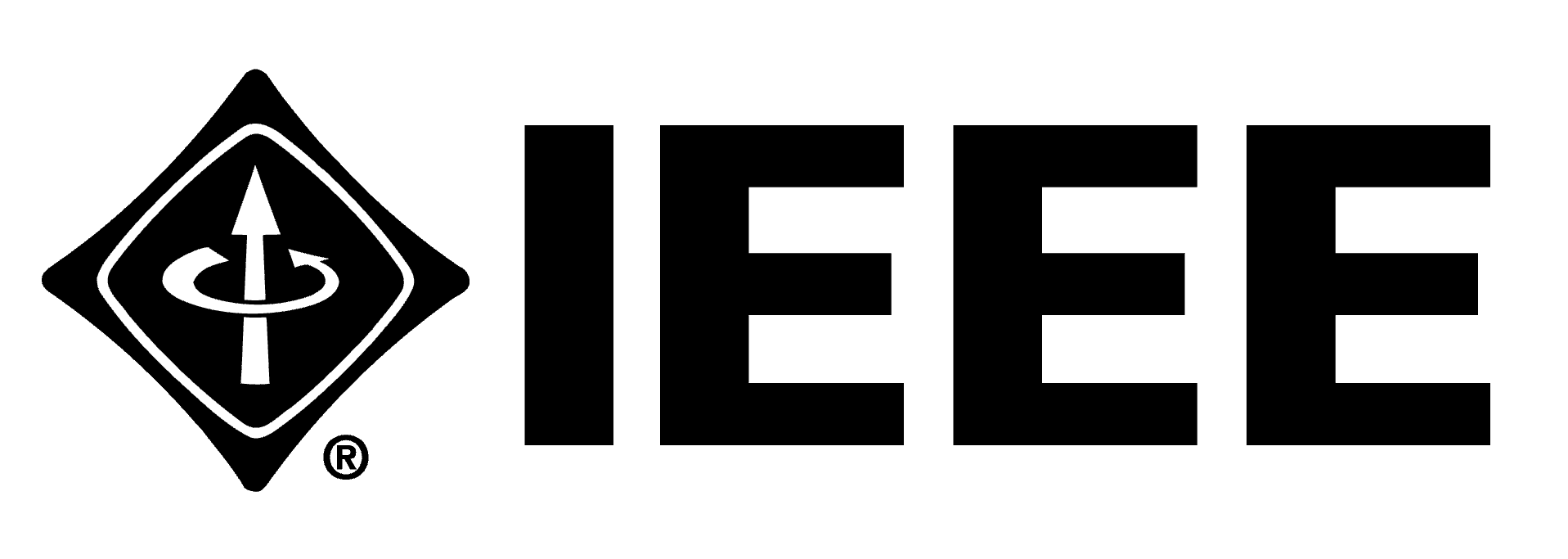![]()
The COVID-19 pandemic has killed over a million people across the globe. Until a vaccine is available, social distancing and regular hand washing are our best protection from the virus. However, a lesser known method can also help combat the virus: ultraviolet (UV) light.
Although sunlight does contain types of UV light, these types are not very effective at killing the virus. The type most effective at destroying viruses is UVC light (ultraviolet light with wavelengths of 200 – 280 nanometers). Most UVC light never makes it to the Earth’s surface, because it’s absorbed in the Earth’s ozone. As a result, man-made UVC lamps are more effective at killing viruses than sunlight.
What Does the Research Say?
It has yet to be proven that UVC light is fully effective at killing COVID-19. However, recent research shows that UVC light can inactivate or kill the novel coronavirus with varying results. According to one study published in the American Journal of Infection Control (AJIC), UVC light inactivated large quantities of COVID-19 in liquid cultures in nine minutes. A separate study found that UVC light killed the virus on laboratory surfaces by 99.7% in half a minute. The study used a type of UVC light called “far-UVC,” which has wavelengths between 207 and 222 nanometers.
Another study from the journal Scientific Reports found that far-UCV can kill two different kinds of common-cold causing coronaviruses in the air. According to the study, the light destroyed 99.9% of the viruses in 25 minutes. However, applying some types of UVC light to the air can be dangerous because they can potentially damage skin and eyes. Far-UVC light might be a safe alternative though. According to a recent report from researchers at Columbia University Irving Medical Center, it can’t pierce the outer dead-cell layer of skin or the eye’s tear layer, and therefore can’t reach living cells in the body. The researchers discovered that 99.9% of seasonal coronaviruses found in airborne droplets were destroyed when exposed to far-UVC light at 222 nanometers.
UVC lamps can be good alternatives to chemical products for disinfecting surfaces, which can be hazardous to human health. UVC lamps do have some limitations, however. For example, in order for them to work to their full potential, surfaces need to be dust- and shadow-free. Additionally, commercial UVC lamps may contain mercury and may generate ozone, both of which can be harmful. UVC light may also damage textiles and cause plastics and polymers to deteriorate over time.
Nevertheless, UVC lamps are still good alternatives to chemical-based disinfectants. For example, health care workers can use them to disinfect N95 face masks and other valuable personal protective equipment for reuse—items which would normally have to be thrown away at the end of their shifts.
With many organizations and agencies already using UVC light to disinfect their facilities—including some professional sports teams, hotels, public transit systems, airlines, and cruise ships—UVC lamps are becoming popular tools for fighting viruses.
IEEE Virtual Tech Talk: Ultraviolet Light vs COVID-19
Join IEEE on 18 November at 1pm ET for a 50-minute live online event hosted by experts in the field to learn more about how viruses and bacteria can be destroyed by UV light exposure and shed light on common misconceptions about this technology. You will experience firsthand examples of applied UV germicidal solutions and see how repurposing of existing applications may prove effective in new environments in order to meet pandemic related immediate needs and collateral challenges.
Resources
LoRe, Michael. (28 October 2020). Denver Broncos Testing UV Technology As Part Of Covid-19 Health And Safety Measures. Forbes.
22 October 2020. Can UV Light Kill the New Coronavirus? Healthline.


No comments yet.